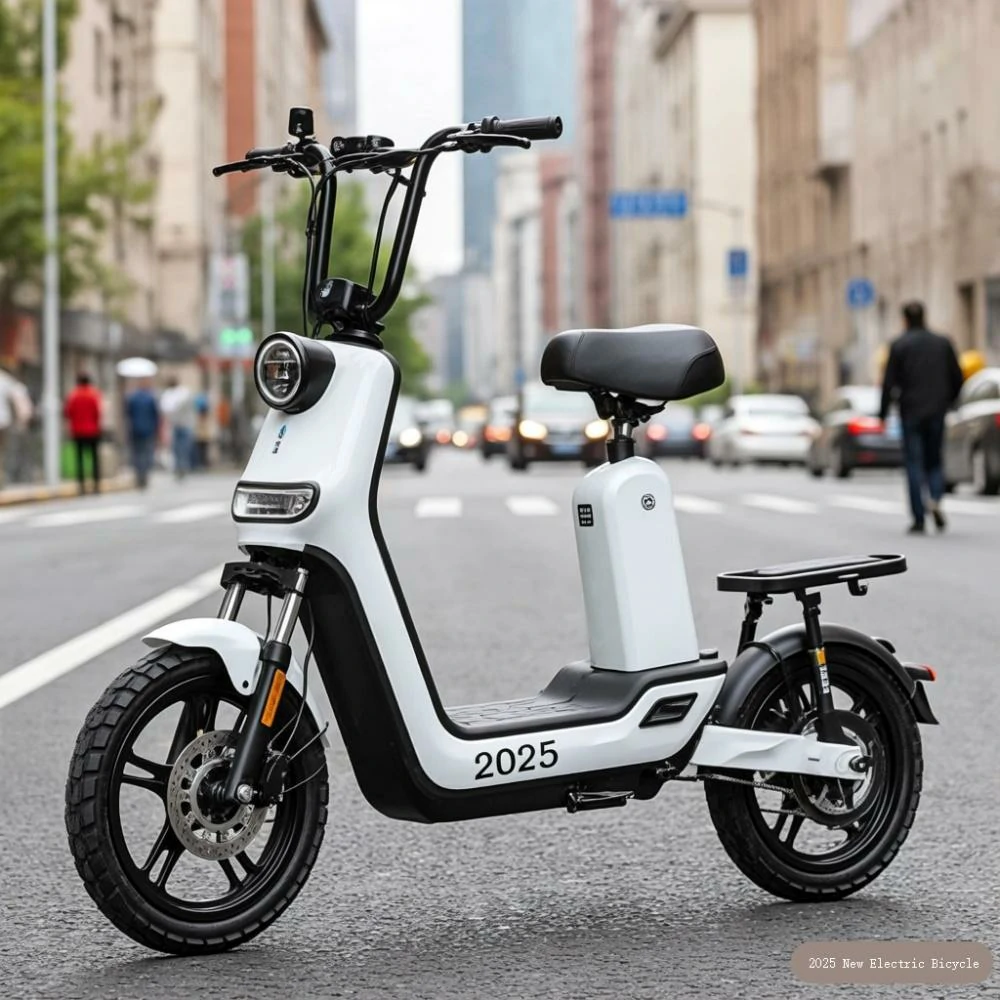Related laws and regulations in Japan regarding electric bicycles
2025-07-25
The relevant laws and regulations on electric bicycles in Japan are mainly based on the Road Traffic Law and are directly under the jurisdiction of the police department. The core points are as follows:
1、 Definition and classification of electric bicycles
Definition: According to Japan's Road Traffic Law, a bicycle refers to a transportation vehicle with two or more wheels and pedals or handlebars (including electric motors with assistive devices, but excluding vehicles traveling on tracks), which is different from wheelchairs, walkers, and children's vehicles used by people with disabilities equipped with Prime Movers that assist with manual driving.
Classification:
- Electric assisted bicycles: also known as; Smart Electric Assisted Bicycle; It is the main type of electric bicycle allowed on the road in the Japanese market. Its core feature is that electric assistance can only assist human pedaling and cannot completely replace human labor.
- Designated small electric bicycles: These vehicles have specific technical parameter requirements, such as body size, maximum speed, rated output power, etc., and require completion of vehicle registration procedures and installation of license plates.
- General electric bicycles: including other electric two or three wheeled vehicles except for designated small electric bicycles, with certain limitations on rated output power.
2、 Specific regulations for electric assisted bicycles
Speed to power ratio:
- When the vehicle speed is less than 15km/h, the size of the electric power assist should be close to human power, but not greater than human power.
- When the vehicle speed is between 15-24km/h, for every 1km/h increase in speed, the upper limit of electric power assistance should decrease by 1/9.
- When the vehicle speed exceeds 24km/h, the electric assist system of the entire vehicle is turned off.
Operational requirements:
- Within 1 second after the start of manual pedaling, the vehicle's electric assist system should start running; Within 1 second after the human foot pedal stops, the electric assist system will shut down.
- In order to save energy, the smart electric assisted bicycle should enter a sleep state after a certain period of time (such as 3-5 minutes) when it stops running.
- The continuity of cycling must be ensured, and there should be no intermittent electricity.
Safety standards:
- Electric assisted bicycles need to comply with relevant safety standards, such as JIS D9115.
The product also needs to comply with relevant safety standards and be declared as dangerous goods when transporting batteries.

3、 Requirements for specifying small electric bicycles and general electric bicycles
Designated small electric bicycles:
- Must comply with the safety standards of the Road Transport Vehicle Law.
- Mandatory liability insurance must be included.
- Vehicle registration procedures must be completed and license plates installed.
- It is prohibited for people under the age of 16 to ride, and it is forbidden to provide (including borrowing, selling, transferring, etc.) designated small electric bicycles to people under the age of 16.
General electric bicycles:
- To sell general electric bicycles in the Japanese market, it is necessary to ensure that the product does not belong to the designated small electric bicycles that are prohibited from sale, and to obtain relevant qualifications, such as testing reports that comply with UL2849 standards and testing reports that meet Japanese regulatory requirements for asbestos content.
- For the equipped AC/DC power supply (AC power adapter), lithium-ion batteries, etc., they must meet the requirements of the Japanese Electrical Appliance Safety Law and obtain the corresponding qualifications.
4、 Violation penalties and traffic management
Violation punishment:
- The penalty amount for non motorized vehicle traffic violations in Japan is relatively high. For example, running a red light while riding a bicycle may result in a fine of RMB 3200.
- For violations of electric bicycles, such as speeding, drunk riding, etc., corresponding punishments will also be imposed.
traffic control:
- Japan has very detailed traffic management for non motorized vehicles, including setting up bicycle specific signals, marking bicycle signs, and pictographic patterns.
- Electric bicycles need to comply with non motorized vehicle signal instructions and; Stop for a moment; Rules prohibit parallel traffic, right-hand traffic, drunk riding, etc.
